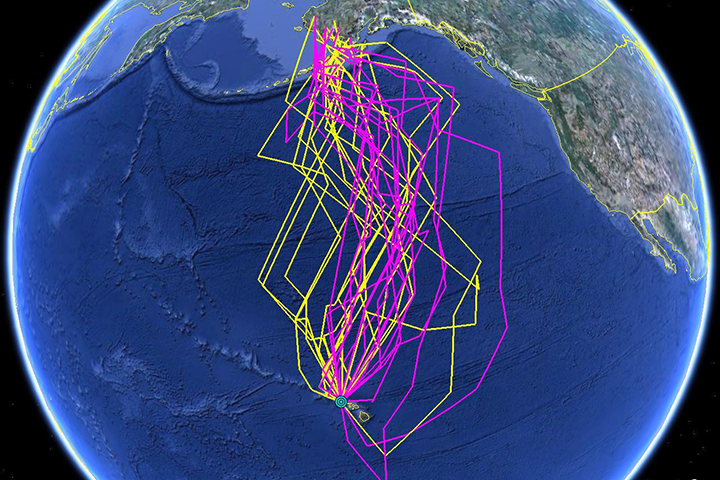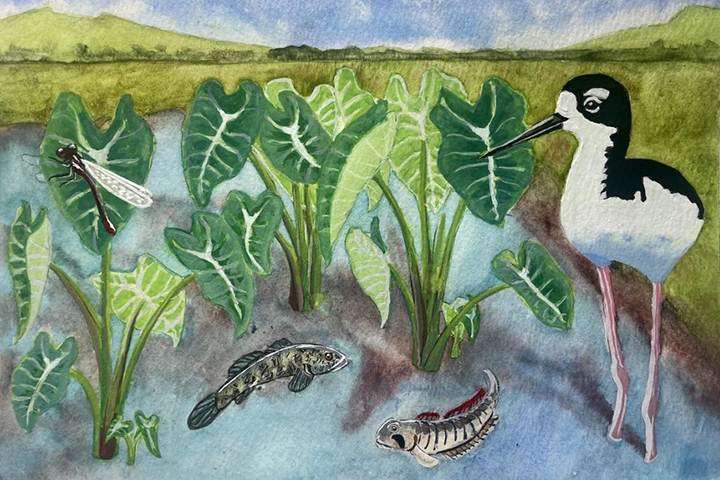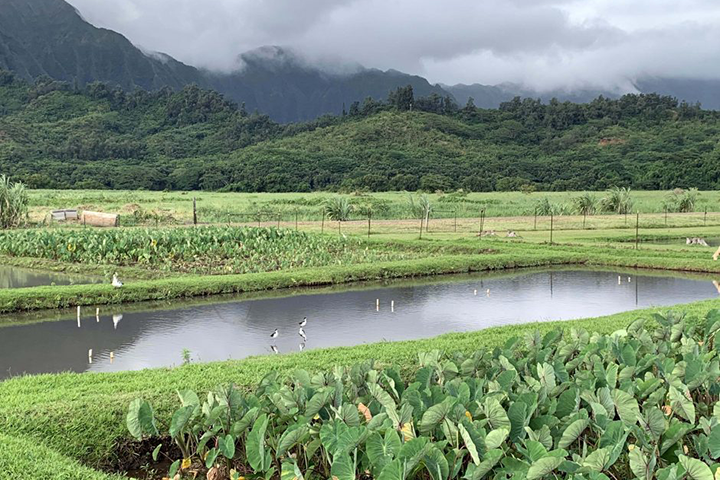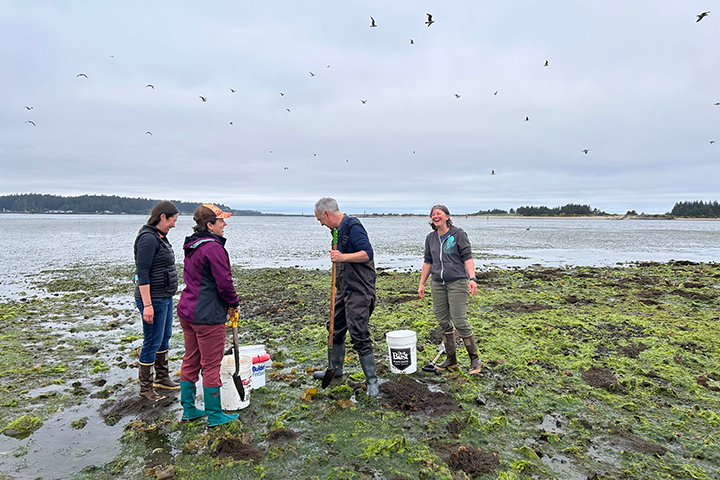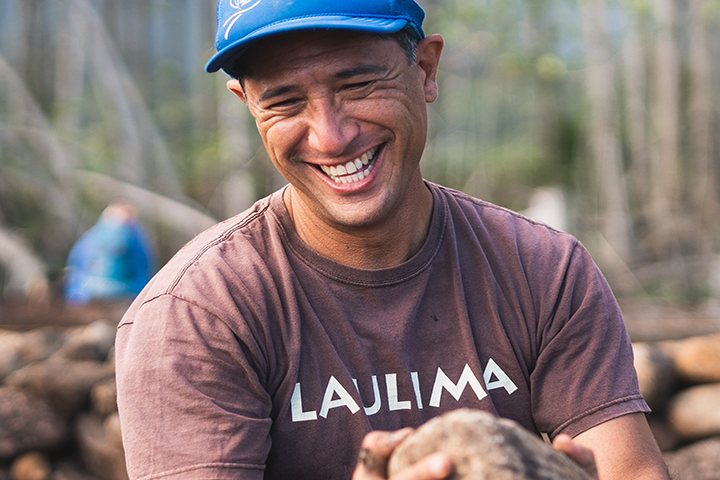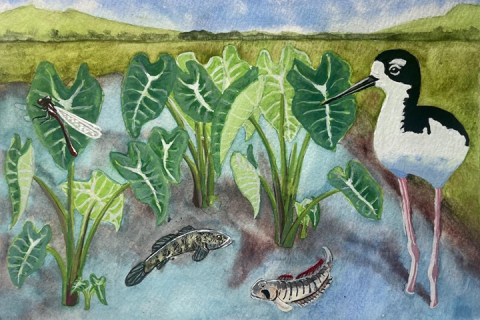
By engaging Pacific reserves and partners, this project will adapt existing methodologies for integrating conventional science and Indigenous Knowledge in estuary stewardship and management, through the lens of biocultural restoration and with a focus on culturally significant birds and habitats.
Coastal wetlands provide essential habitats for threatened or endangered birds throughout the Pacific region, and are used by millions of migrating birds to breed, rest, refuel and overwinter. They also play a pivotal role in supporting human communities by providing opportunities for hunting, fishing, birding, and other recreational and cultural activities. Despite their many values, estuarine habitats are being lost at accelerating rates to erosion, sea level rise, invasive species, and human development. While reserves are effective platforms for science engagement and collecting information on the health of estuaries, several reserves have identified a need to develop more effective approaches to engage with Indigenous science and to develop multi-fluency in place-based knowledge systems of their local communities.
This project connects several geographically separate reserves in the Pacific region by focusing on shared migratory bird species to inform collaborative management that encompasses both scientific understanding and cultural significance. The collaboration between Pacific Birds Habitat Joint Venture, the reserves in Hawai‘i, Alaska, Washington, and Oregon, and their local management and cultural partners will build on existing efforts to integrate conventional science and Indigenous Knowledge, research, and cultural values. The project approach builds on a framework used at the He‘eia reserve in Hawai‘i, previously developed methodologies involving cultural ecosystem services, and data and tools to enhance the utility of existing resources and catalyze new research. The collaborative process begins with a relationship-building model to facilitate knowledge exchange, develop competency to elevate Indigenous Knowledge, and address uncertainty in interpretation of available sources of information. The project is expected to benefit potential users beyond reserve boundaries interested in integrating conventional and Indigenous Knowledge to develop more effective and equitable estuarine management practices with shared benefits for birds and people.
Project team members give a short introduction to "Integrating Indigenous knowledge and NERR science and monitoring to improve estuarine stewardship and management, with shared benefits for birds and local communities."
